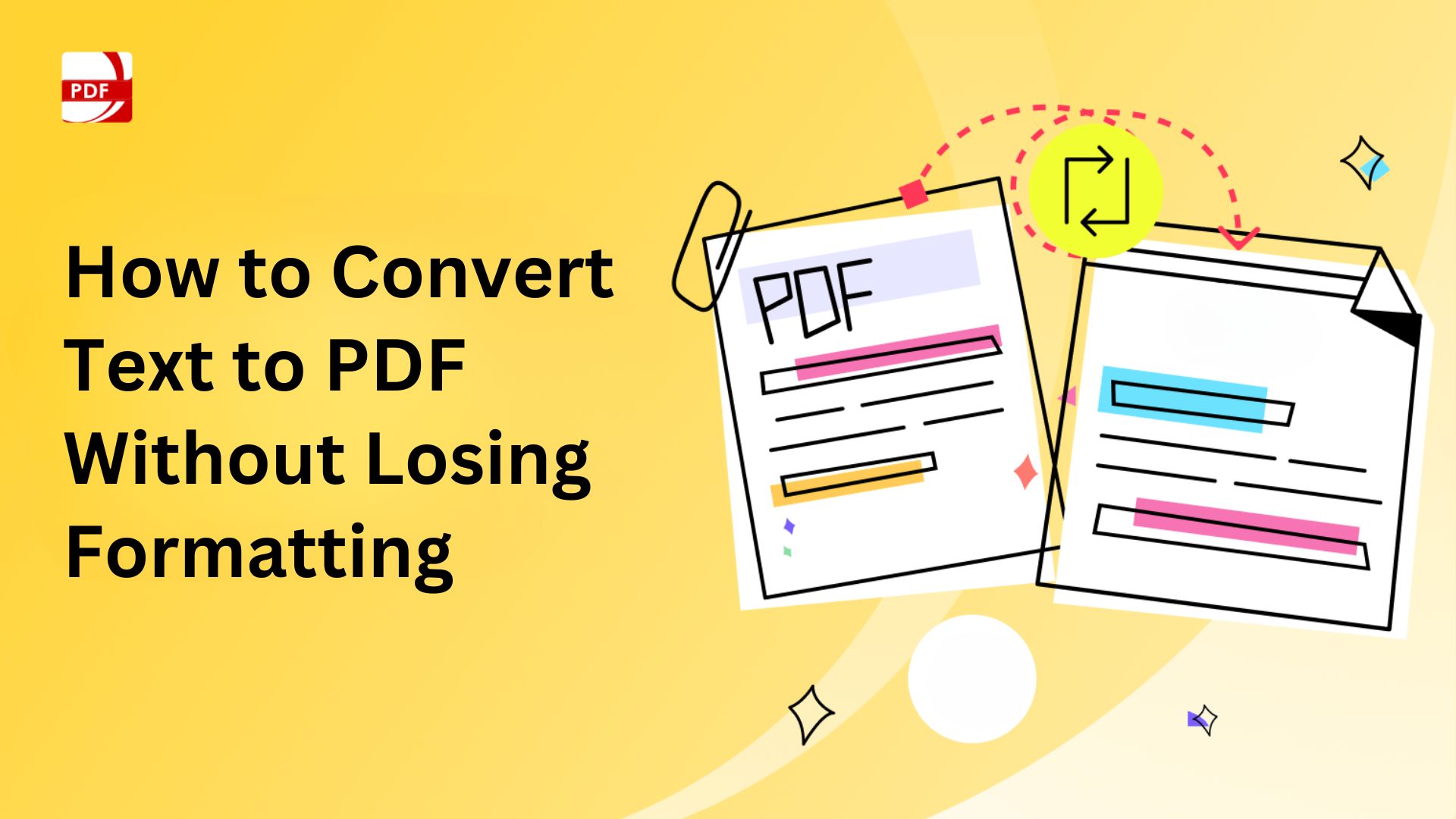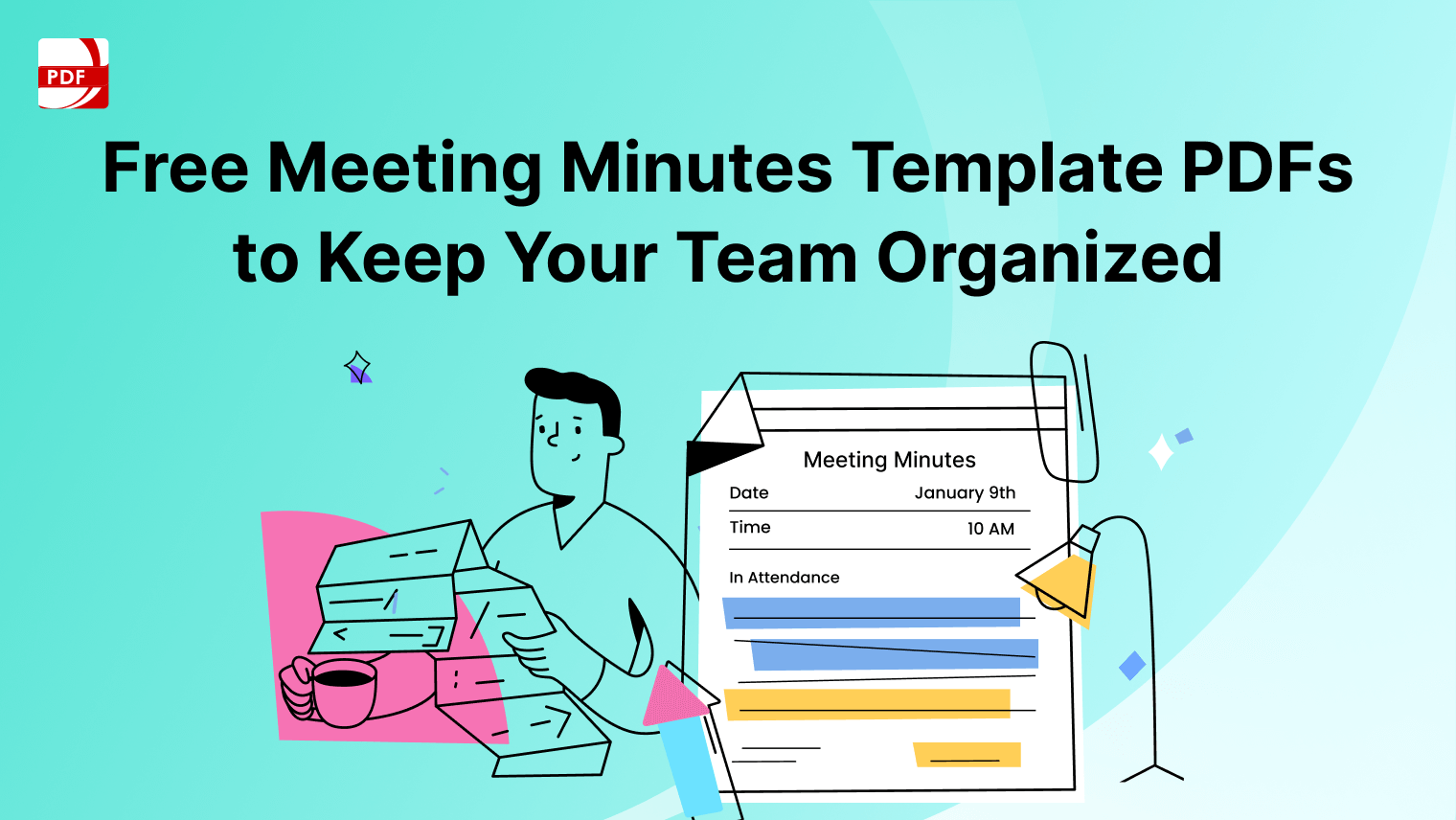In today's competitive job market, understanding how to include references on a resume effectively is crucial. A well-constructed reference section can provide prospective employers with valuable insights into your professional relationships and achievements.
This introduction guides you through selecting the right professional and personal references, presenting their contact details, and aligning them with your job description to enhance your candidacy.
What is a Resume?
A resume, also known as a CV (Curriculum Vitae) in some parts of the world, is a crucial document in the professional realm.
It serves as a concise summary of an individual's education, work experience, skills, achievements, and qualifications. Resumes play a pivotal role in the job application process, serving as a first impression to potential employers.
Learn how to craft a strong essay with our guide on effective structuring and clear argumentation.
How to Write References on a Resume
Writing references for a resume is a crucial step in your job application process. Here's a guide to help you create an effective reference list:
Step 1: Choose Your References Carefully
- Select individuals who can vouch for your professional skills and experiences, like previous employers, direct supervisors, or professional contacts. Avoid personal references unless specifically requested.
Step 2: Ask for Permission
- Contact each potential reference to ask for their permission. Use a professional email address to send a polite and concise request, explaining the job description and why you think they would be a strong reference.
i am available for tours starting 9/25 or later until 12/18. available again 1/10/24-4/1/24. merch, tour managing & VIP rep. DM for full resume including references & email rylymanbiz@gmail.com if you’re looking for staffing. happy to help wherever needed! rts & referrals welcome pic.twitter.com/aVwEPcdEJc
— ryan 🏳️⚧️✡️ (@SEROTONINSEEKIN) September 17, 2023
Step 3: Prepare Your Reference List
- Create a separate reference sheet from your resume. Include the reference's full name, current job title, company name, contact information (phone number and email address), and a brief statement about your professional relationship.
Step 4: Tailor References to Each Job Application
- Customize your reference list based on the job you are applying for. Ensure that the references listed can attest to your relevant skills and experiences that align with the job description and requirements of the prospective employers.

Use a Resume PDF Template
Using PDF Reader Pro's resume PDF template ensures that your resume has a professional and polished look, adhering to industry standards. This template simplifies the resume-building process, offering a structured format that highlights your skills and experiences effectively to prospective employers.
For more business-related templates, check out PDF Reader Pro's Business Templates!
Learn how to write an engaging autobiography with our step-by-step guide, capturing the essence of your life's story.
Resume References: Best Practices
In crafting a resume reference list, adhering to best practices is crucial for making a positive impression on prospective employers.
-
Select Appropriate References: Choose individuals who can provide a positive and accurate account of your professional capabilities. This can include previous employers, direct supervisors, or professional contacts. Avoid using personal references unless specifically requested.
-
Ask for Permission and Contact Details: Before listing someone as a reference, ask for their permission. Ensure you have their current job title, company name, and contact details, including a professional email address and phone number.
-
Prepare a Separate Reference Sheet: Instead of including references on your resume, create a separate reference list. This approach saves valuable space on your resume and allows you to tailor your references to each job application.
-
Provide Relevant Information: On your reference sheet, include each reference's name, professional relationship to you, job title, company, email address, and phone number. This information should be clearly presented and easy to find.
-
Align References with Job Description: Tailor your reference list to align with the job you're applying for. Choose references who can speak to your skills and experiences that are most relevant to the job description and requirements.
-
Keep Your References Informed: Let your references know about your job search and the types of positions you're applying for. This ensures they are prepared to provide a strong reference when contacted by potential employers or hiring managers.
This week's #CVCorner focuses on the last section of your CV; References. There are two ways you can include references on your CV. You can simply say "References Available Upon Request". Alternatively, you can give the name, company, phone and email of your two references. pic.twitter.com/PYzSJe0xit
— Specialisterne Ireland (@SpecialistsIRE) March 6, 2023
Use PDF Reader Pro's Resume PDF Template to get the best structure for your Resume!
Find out how to write a resume with no experience, focusing on skills and activities that highlight your potential.

Resume References: FAQ
Who should I choose as my professional references?
Select individuals who can attest to your professional skills and work ethic, such as previous employers, direct supervisors, or professional contacts. Personal references can be used if they are relevant to the job or if professional references are not available.
How many references should I include on my list?
Typically, you should include 3-4 references. This number provides prospective employers with a variety of contacts to assess your professional abilities without taking up too much space on your resume.
What information should I include for each reference?
For each reference, include their name, job title, company, professional relationship to you, email address, and phone number. Make sure this information is up-to-date and accurate.
Should I include references on my resume or provide them separately?
It's best to provide references on a separate sheet rather than on your resume. This approach saves valuable space on your resume and allows you to customize your references for different job applications.
Do I need to ask permission from my references before listing them?
Yes, always ask for permission before listing someone as a reference. This courtesy ensures they are willing and prepared to provide a positive recommendation.
Can I use my current employer as a reference?
It depends on your situation. If your job search is not public, it might be best to choose other professional contacts. If your current employer is aware and supportive of your job search, then they can be a valuable reference.
How should I format my reference list?
Format your reference list to match your resume and cover letter for consistency. Include clear headings and organize the information in an easy-to-read manner.
How do I handle a request for references if I don’t have professional experience?
For those in entry-level positions or with limited professional experience, consider using academic references, such as professors or advisors, who can speak to your skills and potential.
Learning the Format of adding References to a Resume
Understanding the format for adding references to a resume is pivotal in the job search process. It involves selecting individuals who have witnessed your professional growth, such as previous employers, direct supervisors, or professional contacts, and can vouch for your job-related skills and experiences.
Each reference entry should include the individual's name, job title, company, professional relationship to you, and contact details, notably their email address and phone number. This list, usually presented on a separate reference sheet, provides prospective employers with valuable insights and a clearer picture of your professional capabilities, enhancing your job application.












 Free Download
Free Download  Free Download
Free Download





 Support Chat
Support Chat